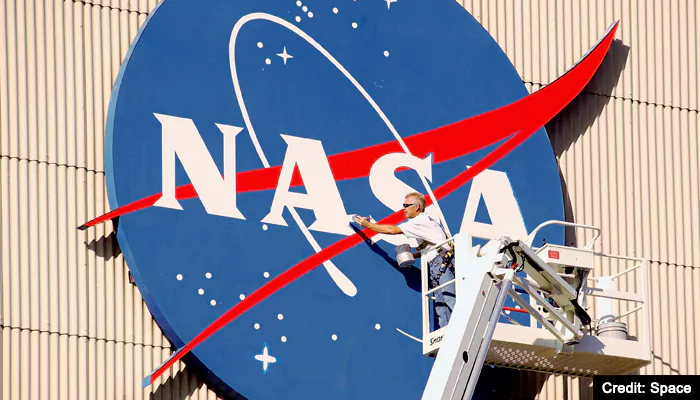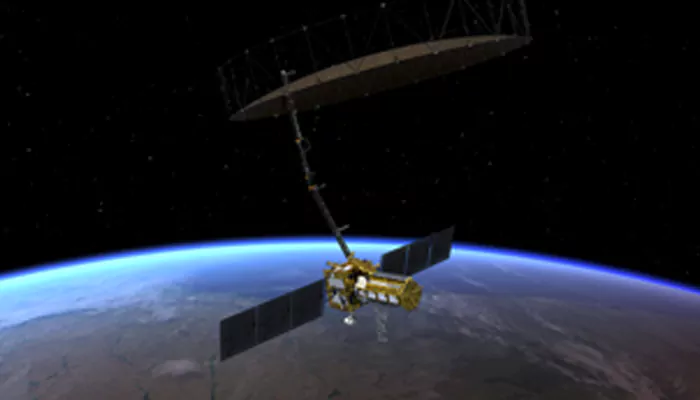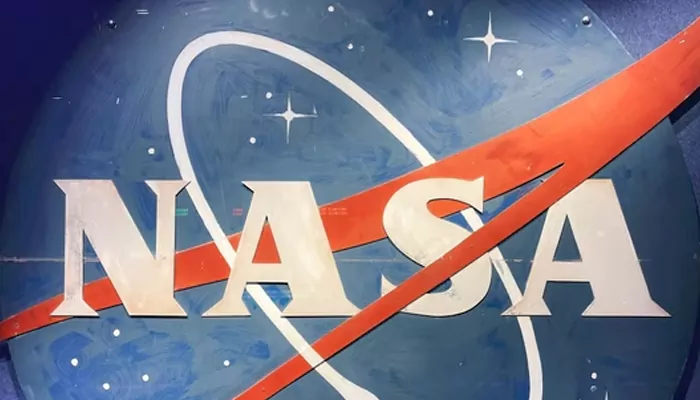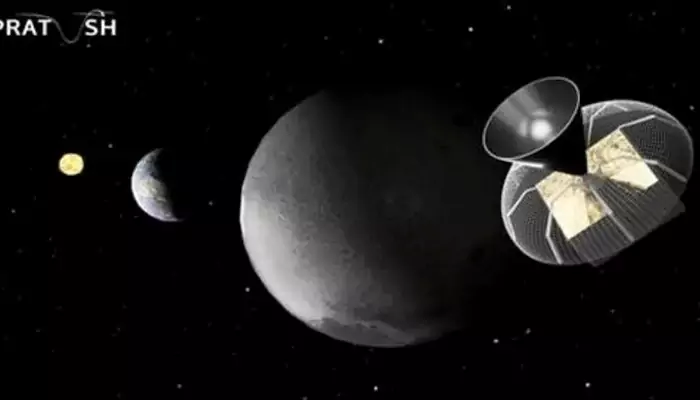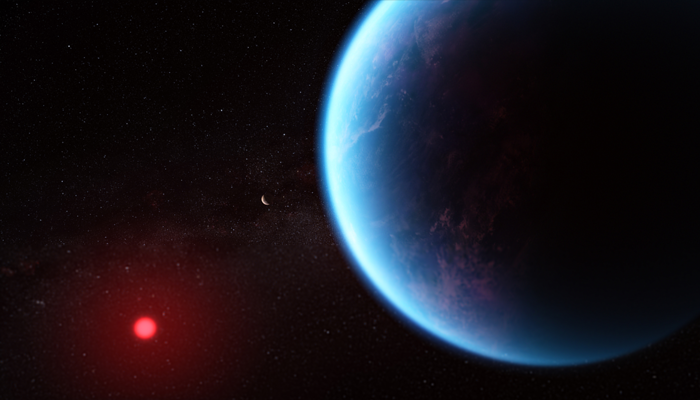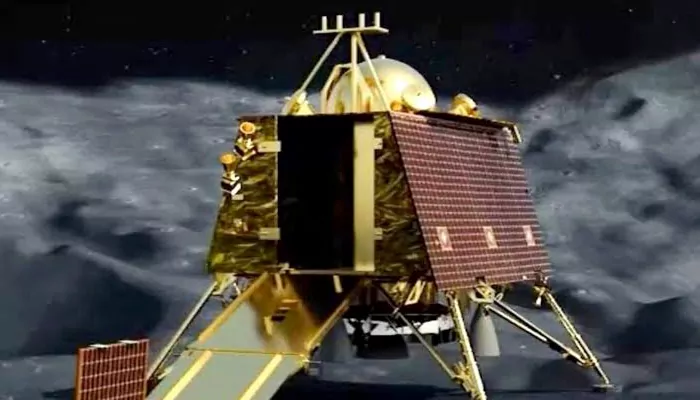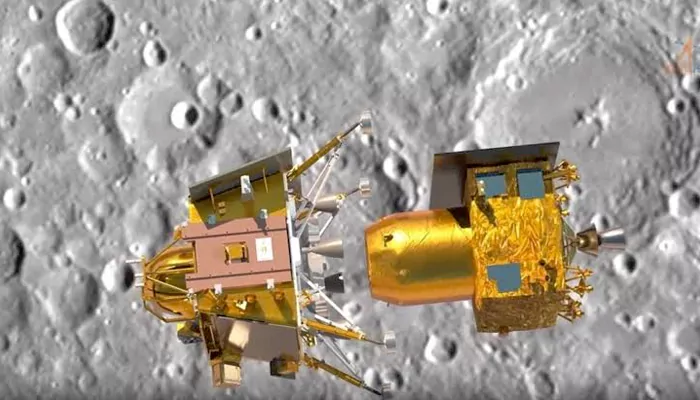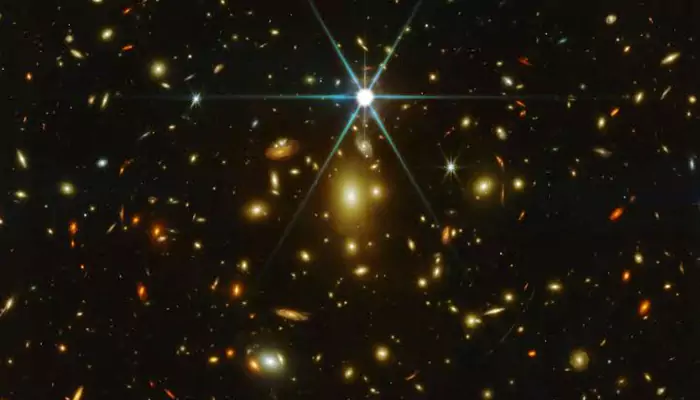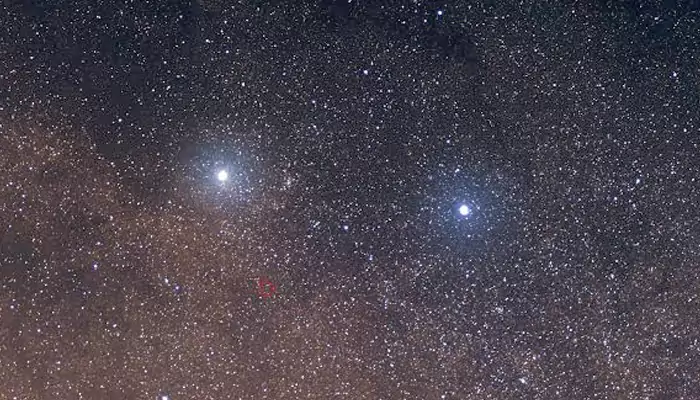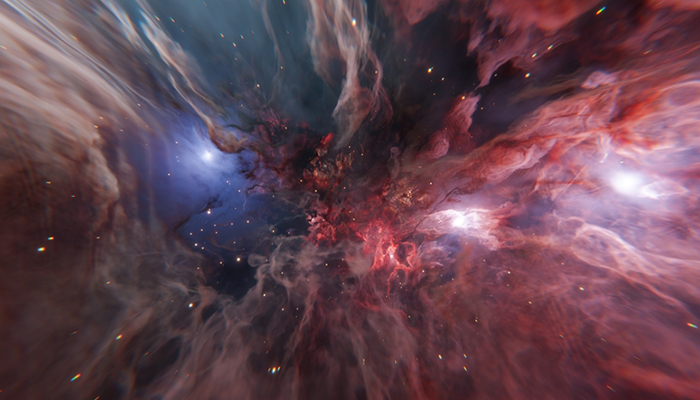Asteroid Armageddon Averted? Harnessing Nuclear Power to Defend Earth from Space Rocks
- Soham Halder
- 1 year ago
- 4 minutes read

The biggest astronomical scare for humanity is probably asteroid crashing into Earth just like it did millions of years ago to completely eradicate dinosaurs.
Nearly sixty-six million years ago, dinosaurs, the largest known land animals, which lasted over 180 million years faced extinction due to an asteroid impact. The asteroids are massive, rocky bodies orbiting the Sun with varying size ranging from a few to hundreds of metres in diameter. When an asteroid comes into the atmosphere of earth and survives landing on surface, they are said to be meteorite. Although the exploration opportunities are rising rapidly, but space defense is an area where scientists are yet to crack the real code. Just couple of weeks ago, the ‘God of Chaos’ created a lot of noise across the globe. Another small asteroid entered into Earth atmosphere triggering astonishing green 'fireball' above the Philippines, 8 hours after getting detected for the first time. Now, the question is, do we have any specific mechanism to eliminate the risks of asteroid impact? A recent research shows some light on this topic.
🛰️ This is only a test – of planetary defense. Today, our #DARTMission is set to crash into a non-hazardous asteroid to test deflection technology, should we ever discover a threat.
— NASA (@NASA) September 26, 2022
Impact: 7:14pm ET (23:14 UTC). Watch our LIVE broadcast at 6pm ET: https://t.co/VAfF5ZXcYB pic.twitter.com/czGqnYJIGJ
(Credit - X/@NASA)
Science Fiction Turns Reality:
Previously, scientists have suggested the use of nuclear energy to break an asteroid into multiple fragments for decreasing the impact. In 2023, NASA showed avoiding any cosmic strike by crashing a spacecraft through Double Asteroid Redirection Test (DART) mission. However, humongous asteroids can never be prevented by using those spacecrafts.
In hollywood sci-fi movies, you might have observed astronauts deploying nuclear warheads against asteroids to save humanity. The biggest example is 1998 American science fiction disaster film ‘Armageddon’ starring Bruce Willis and Ben Affleck in pivotal roles. The movie portrayed a thrilling journey of a team use nuclear power to destroy the asteroid named ‘Independence’.
A roughly 1-meter asteroid entered Earth's atmosphere over the Philippines near Luzon Island on August 4, 2024.
— Massimo (@Rainmaker1973) September 5, 2024
2024 RW1 is the ninth atmospheric impact event that was successfully predicted, discovered by Jacqueline Fazekas at Catalina Sky Survey.pic.twitter.com/UGEBlZ5QZF
(Credit - X/@Rainmaker1973)
A recent research has somewhat proved the similar thing. As per the findings by researchers at Sandia National Laboratories in Albuquerque, radiation emitted from any nuclear explosion can possibly vaporize the surface of an approaching asteroid to ultimately change its trajectory.
Nuclear Power vs Cosmic Threat:
In the recent study, the researchers used the Z machine, world's most powerful laboratory source of radiation. The machine is capable of generating strong electric pulses, magnetic fields and X-rays to observe how materials react under high temperatures and pressures.
"You have to concentrate a lot of power, about 80 trillion watts, into a very small space, the size of a pencil lead, and very quickly, about 100 billionths of second, to generate a hot enough argon plasma, several millions of degrees, to make a powerful enough X-ray burst to heat the asteroid material surface to tens of thousands of degrees to give it enough push," mentioned physicist Nathan Moore from the same institute.
An open-shutter photo showing electrical energy coursing through the transmission line sections of Sandia National Laboratories’ Z machine. (Photo by Randy Montoya) pic.twitter.com/IcVaeyLFA6
— Casillic (@Casillic) May 14, 2022
(Credit - X/@Casillic)
As per NASA Planetary Defense Strategy and Action Plan, a size of 4-km (2.5-mile) asteroid can cause global devastation and possible disruption of civilization. The study concluded that a 1 megaton nuclear bomb exploding at 1.25 miles or 2 km from the surface can deflect this dangerous asteroid away from Earth. As composition and size of asteroids vary, it's important to analyze material vaporization and deflection properties to accurately eliminate the impact risk.
"To most people, the danger from asteroids seems remote. But our planet is hit by asteroids every day. We call them shooting stars. We don’t want to wait for a large asteroid to show up and then scramble for the right method to deflect it,” said Nathan Moore.

